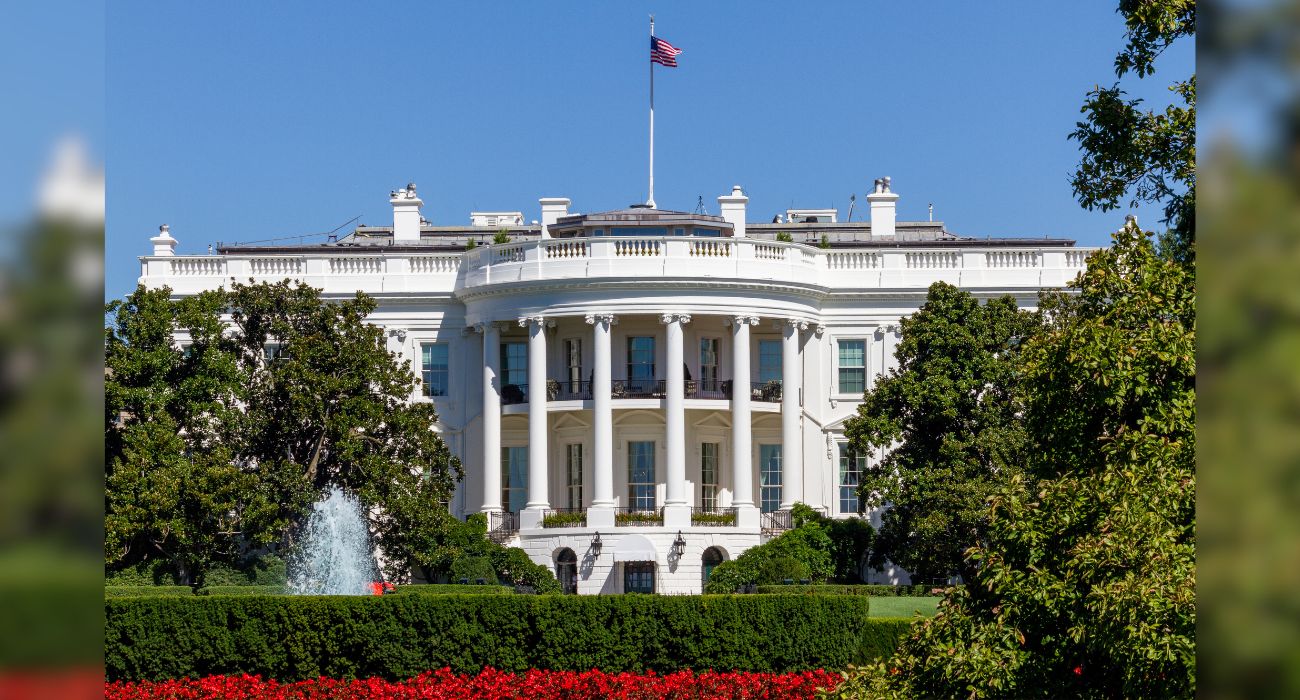The White House was reportedly the target of a swatting incident this week, adding to a troubling nationwide trend.
A call about an out-of-control fire and a person trapped at 1600 Pennsylvania Ave came in just after 7 a.m. on Monday. Emergency crews, including dozens of fire trucks and other first responders, immediately scrambled to the scene to tackle the presumed emergency. But the White House was not on fire, and no one was trapped inside.
It took responders about 15 minutes to determine the call of a fire at the White House was a hoax. President Joe Biden was not in the building at the time, and there was no evidence of disruptions caused by the false report.
Calls like this, known as swatting, are an increasing and disturbing trend nationwide. In recent months, swatting attacks have been reported against many public figures, including Texas Attorney General Ken Paxton and his wife, who were victims of swatting on New Year’s Day, as previously reported by The Dallas Express. The details of the call were not made public, but it reportedly involved a “life-threatening situation.” Paxton blamed the call on the Texas House and The Dallas Morning News for publishing his home address during the failed impeachment attempt last year.
Swatting has the potential to result in grave outcomes. In 2017, a swatting call by Casey Viner against a fellow online gamer resulted in the accidental shooting death of an innocent man. Viner had asked a fellow gamer, Tyler Bariss, to report that gamer Shane Gaskill had killed his father and was holding his family at gunpoint.
When police arrived at the address, they encountered Andrew Finch, who was shot and killed. Gaskill no longer lived at the address. Bariss is serving a 20-year sentence for making the call. Viner was sentenced to two years of federal probation. Finch’s family is seeking $25 million in damages as a result of the accidental killing by police.
In recent weeks, authorities have reported a sudden spike in calls against prominent public figures. Both Judge Tanya Chutkan, who is presiding over former President Donald Trump’s federal election case, and Judge Arthur Engoron, who is hearing Trump’s New York civil tax fraud case, were the targets of swatting calls.
Sen. Rick Scott (R-FL) and Rep. Marjorie Taylor Greene (R-GA) have also been victims of swatting attacks. The latter has been targeted at least eight times in recent months.
While these attacks are illegal and can result in significant penalties, law enforcement often has difficulty determining who makes the call. Swatters frequently use sophisticated technology to hide the source of the calls, making it nearly impossible for investigators to find out where the swatting call originated.
The swatting call against the White House on Monday was determined to have been made by a fake number on an unregistered phone, highlighting the difficulty investigators have in tracing the calls and prosecuting individuals who target others with hoax emergency calls.






